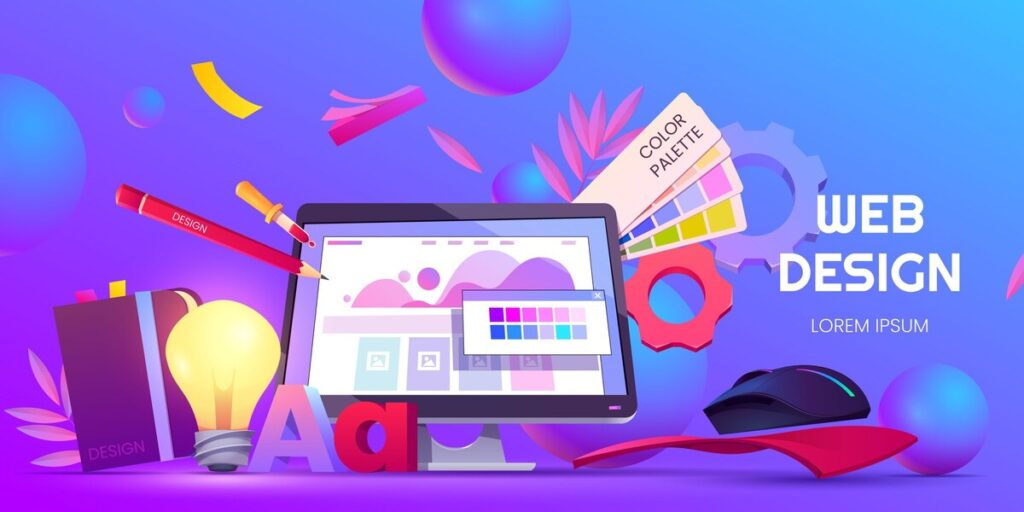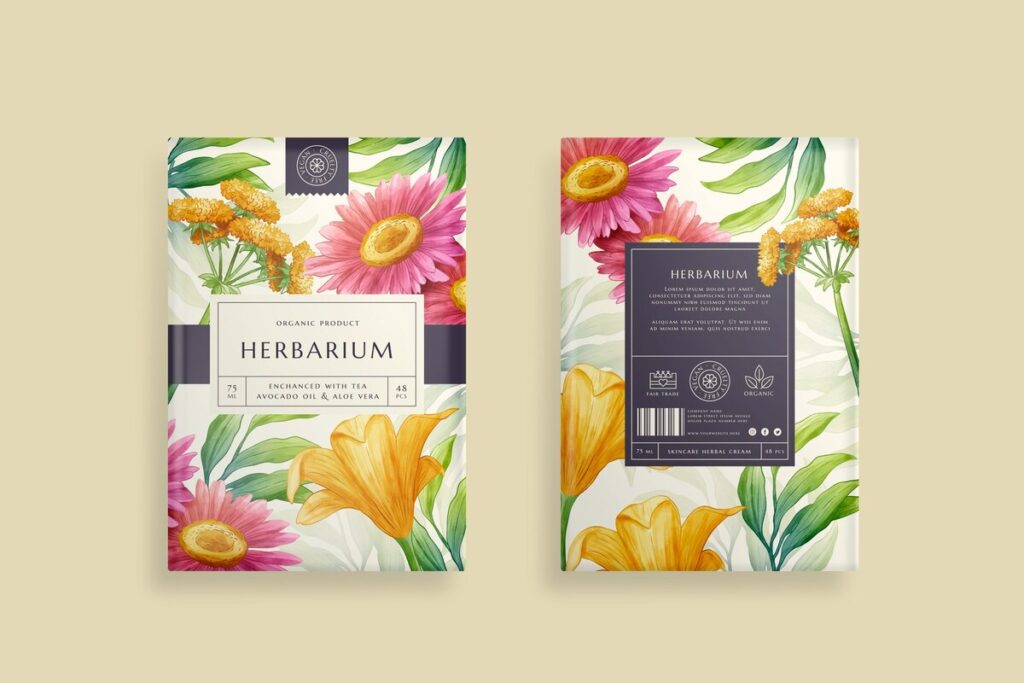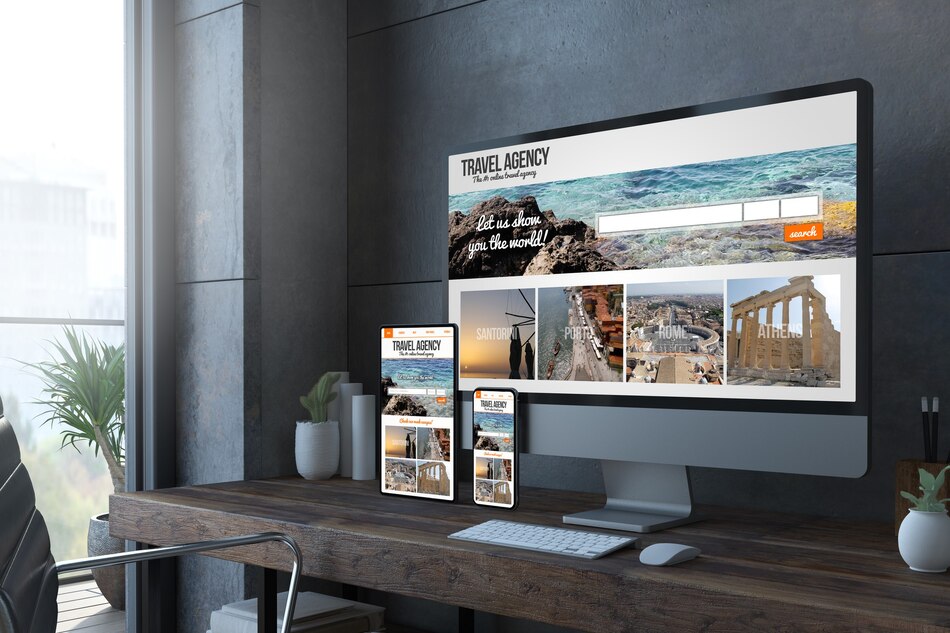Outline
Embrace the Power of Guest Blogging. Leverage Social Media to Amplify Your Content. Focus on Quality over Quantity. Create Content That Solves Problems. Keep an Eye on the Latest Trends and Best Practices.As the digital realm continues to evolve, link building and content marketing remain essential components of any successful online strategy. Rob Hoerntlein, a renowned marketing expert, has been at the forefront of this field for over a decade. In this blog, we’ll explore some of Rob’s top tips for effective link building and content marketing.
1. Embrace the Power of Guest Blogging.Guest blogging is a great way to increase your online presence and build your authority within your industry. By contributing content to other reputable websites in your niche, you can reach new audiences and earn valuable backlinks to your own site. Rob recommends taking the time to research the most authoritative blogs in your field and reaching out to their editors with well-crafted pitches.
2. Leverage Social Media to Amplify Your Content.
Creating high-quality content is only half the battle. To truly maximize its impact, you need to distribute it effectively. Social media is an incredibly powerful tool for amplifying your content and driving traffic back to your website. Rob suggests developing a comprehensive social media strategy that includes regularly posting your content across all relevant channels, engaging with your followers, and taking advantage of paid advertising options.
3. Focus on Quality over Quantity.
When it comes to link building, it’s easy to fall into the trap of thinking that more is always better. However, Rob stresses that quality should always take priority over quantity. Rather than spamming your site with low-quality backlinks, focus on building relationships with authoritative websites and earning high-quality links that will have a lasting impact on your online presence.
4. Create Content That Solves Problems.
Great content starts with a deep understanding of your audience’s needs and pain points. Rob encourages marketers to take a customer-centric approach to content creation, focusing on creating content that provides real value and solves problems for their target audience. By doing so, you’ll not only earn more backlinks but also establish your brand as a trusted resource within your industry.
5. Keep an Eye on the Latest Trends and Best Practices.
The digital marketing world is constantly evolving, which means that what worked yesterday may not work tomorrow. To stay ahead of the curve, Rob recommends staying up-to-date with the latest trends and best practices in link building and content marketing. This includes regularly reading industry blogs, attending conferences, and experimenting with new strategies to see what works best for your brand. In conclusion, effective link building and content marketing are critical components of any successful online strategy
The digital marketing world is constantly evolving, which means that what worked yesterday may not work tomorrow. To stay ahead of the curve, Rob recommends staying up-to-date with the latest trends and best practices in link building and content marketing. This includes regularly reading industry blogs, attending conferences, and experimenting with new strategies to see what works best for your brand. In conclusion, effective link building and content marketing are critical components of any successful online strategy











